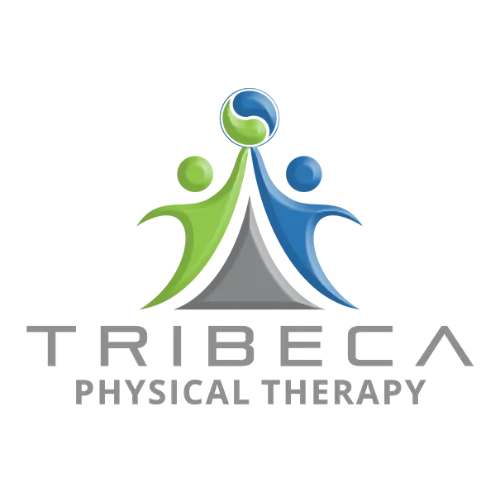Physical Therapy is done by licensed health professionals with specific training to help take care of patients to heal holistically. They provide supplementary treatment to a variety of medical conditions, however, they do not independently treat them other than musculoskeletal conditions. For serious and disease-related conditions, they work with the doctors and other health care professionals to make sure that they are guiding the patients from diagnosis to restorative and preventive phases of recovery from mild to serious illnesses and injuries. During the diagnosis stage, questions about the pain and other symptoms you experience, your ability to perform or accomplish everyday tasks, your sleeping experience, and your medical history are asked. Upon acquiring these details, PT will create a plan to address the patient’s needs.
Physical therapy is a form of promoting care to people who suffer from pain, dysfunction, and other motivations that affect them from performing their usual tasks. It aims to ease the pain and help them live better. Over the years, people become easier targets of accidents and illnesses that make us vulnerable to situations that affect our ability to do our usual tasks and routines. In a different story, others are born with conditions that do not allow them to perform tasks as they should. A person who is experiencing pain that has lasted more than three months must consider going to a physical therapist and eventually need to undergo physical therapy. This kind of pain is chronic pain and it likely won’t go away on its own. People that suffered from an injury and are experiencing intolerable pain may also benefit from physical therapy.
People with the following conditions can benefit from physical therapy:
Musculoskeletal dysfunction – joint disorders, back pain, arthritis, rheumatoid arthritis, and osteoarthritis.
Female health conditions – pelvic floor dysfunction and lymphatic obstruction.
Cancer – the treatments for cancer may cause extreme pain and disability to the patients. With correct assessment and treatment of impairments, these consequences brought by the treatments can be managed through physical therapy.
Pediatric conditions – cerebral palsy and muscular dystrophy
Skin conditions – diabetic ulcers, burns, and wound care.
Cardiopulmonary conditions – heart failure, cystic fibrosis, and chronic obstructive disease.
Neurological conditions – traumatic brain injuries, stroke, Parkinson’s disease, and spinal cord injuries.
Included in the benefits of doing physical therapy is protecting someone’s economy. Undergoing physical therapy has shown efficacy in helping one to recover quickly and safely, and it can save you money due to decreased cumulative healthcare expenses. Physical therapy has overcome boundaries in providing help and treatment for various health conditions. Aside from regular physical manipulation and practicing movement patterns, modern physical therapy treatment now includes thermal and electric-induced treatments that use heat and electric pulses mimicking the action of signals from neurons for muscle recovery and helps repair injured muscles. With the help of these advanced technologies and optimized treatment, it contributed to managing the pain and avoiding the use of opioids. This also serves as a preventive measure to take you away from injuries and surgeries. And in the long history of treating patients, physical therapy has benefited a number of patients to recover from stroke, paralysis, injury, or trauma.
Join Tribeca Runners for a fun and healthy way to energize and connect with the community!



